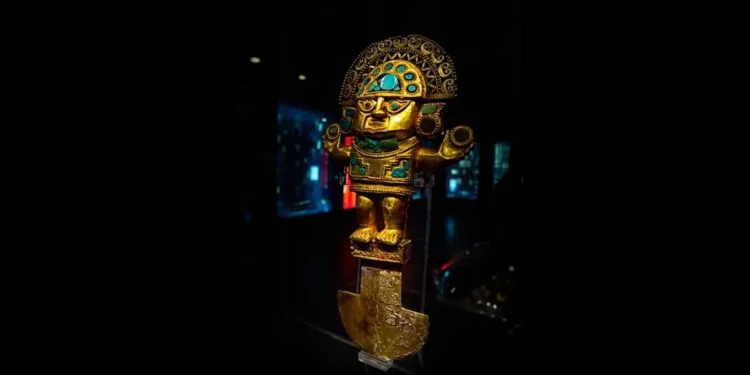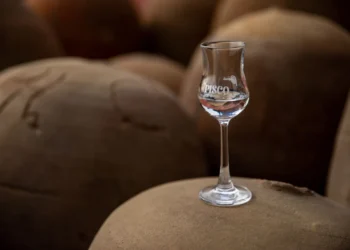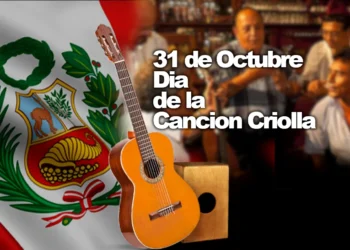This post is also available in:
Español
Nederlands
Deep in the mists of time, in the arid northern coast of Peru, a sacred knife was discovered—one that was far more than a mere tool. Forged from precious metals and adorned with the images of ancient gods, the Tumi did not just cut through material; it sliced through the veil between the earthly and the divine.
Long before the arrival of the conquistadors and the expansive Inca civilization, pre-Incan cultures revered this crescent-shaped knife, using it in rituals whose secrets have been buried in the sands of time. But what mysteries does this ancient artifact truly hold? Why has it endured in Peru’s collective memory and remained a symbol of power to this day?
The Discovery of the Tumi
It was the year 1937, and deep within a royal tomb near Chiclayo, a golden crescent-shaped blade emerged from the shadows of time. This object, known as the Tumi, was no ordinary weapon but a sacred instrument embodying divine power, healing, and the mysteries of a culture that mastered gold centuries before the Incas.
The Tumi was discovered in the Batán Grande region of northern Peru, where the Sicán culture flourished between the 8th and 14th centuries AD. Archaeological excavations revealed elite tombs containing stunning examples of these ceremonial knives, many crafted from gold and decorated with the image of Naylamp, the creator god of this civilization. These findings confirmed the Tumi’s significance in religious rituals and its connection to power and divinity.
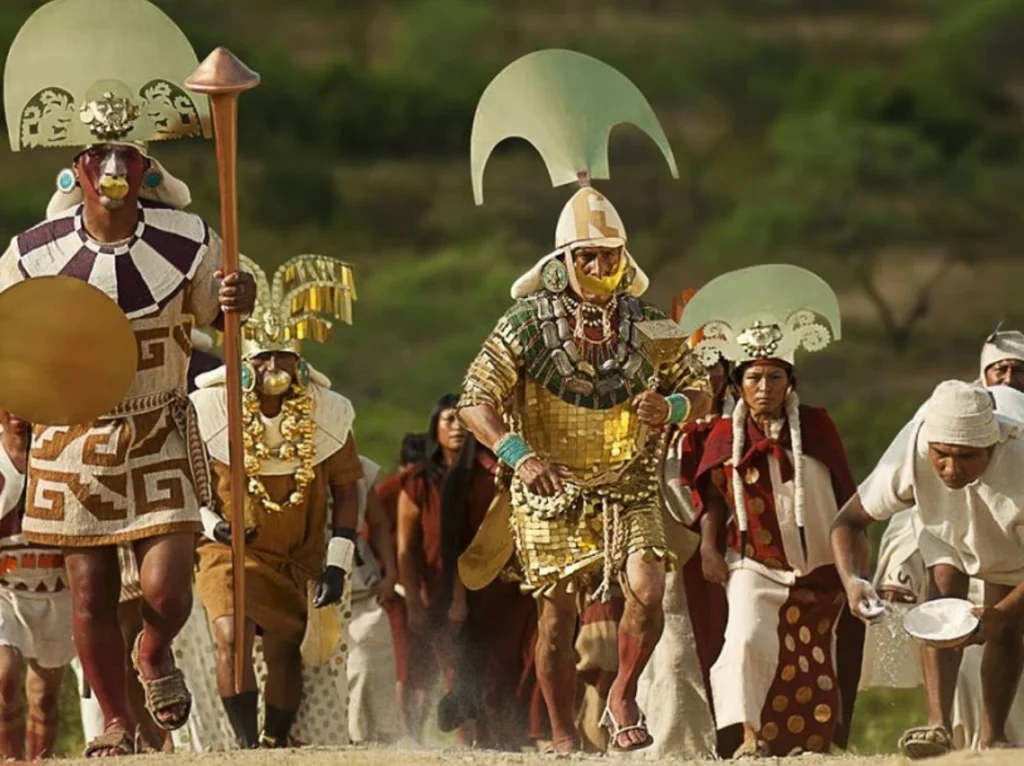
The Origin and Meaning of the Tumi in Pre-Incan Culture
The most spectacular Tumis were created by the Sicán culture. To this civilization, the Tumi was not merely an object—it was the tangible representation of their god Naylamp, a deity linked to creation and cosmic order. According to legend, Naylamp descended from the heavens and established a lineage of divine rulers, marking the beginning of an era of splendor and wisdom.
The Sicán priests used the Tumi in complex sacrificial rituals. It is believed that the blade of this ceremonial knife was used to extract hearts as offerings to the gods, ensuring balance between the human and spiritual worlds. The act was seen as direct communication with the divine—a way to secure prosperity and celestial favor.
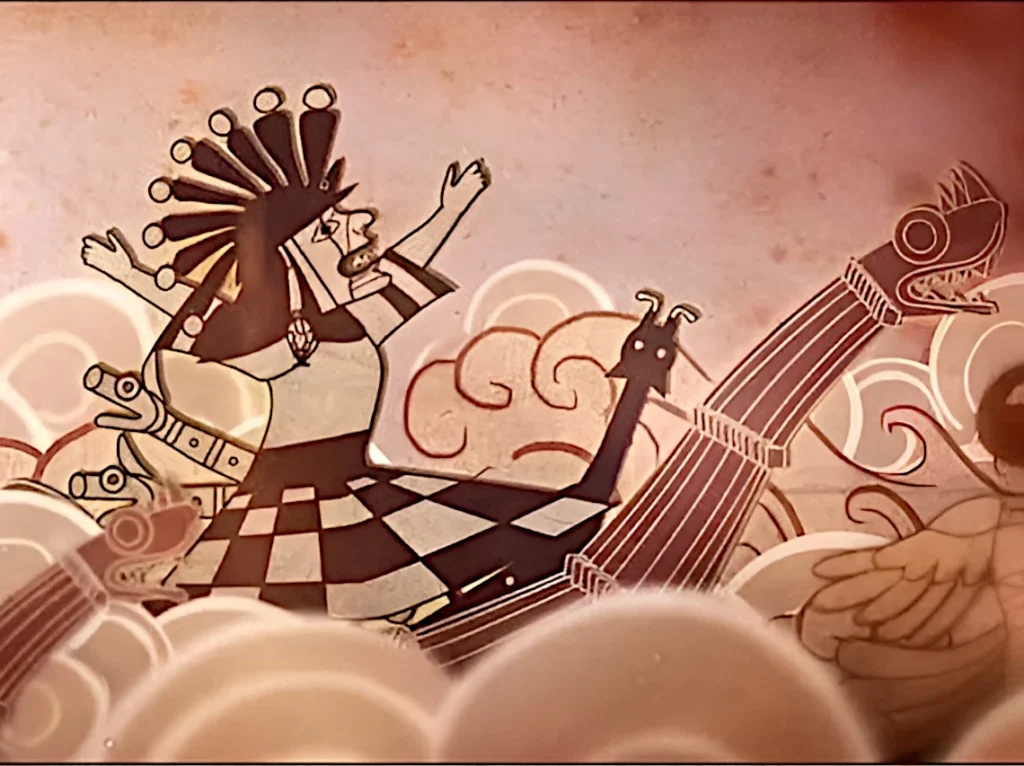
A Symbol of Power and Health
The Tumi also played a role in ancient medicine. Evidence suggests that it was used in cranial trepanation, a surgical technique employed to relieve brain pressure in warriors suffering from battle injuries. Surprisingly, many of these patients survived, demonstrating the advanced medical knowledge of these civilizations.
Additionally, its use was restricted to the ruling classes. Only priests and the nobility could possess gold Tumis, while those made of copper or bronze were used for more practical purposes. The distinction in materials reflected the social hierarchy and each individual’s closeness to the sacred.
Where to Find a Tumi Outside Peru
For those interested in seeing a Tumi outside of Peru, several museums around the world have included this enigmatic artifact in their collections. The British Museum in London exhibits an exact replica of one of the most famous Tumis. Likewise, the Museum Volkenkunde in Leiden, Netherlands, features an exhibition dedicated to Andean culture, where representations of this ceremonial object can be found.
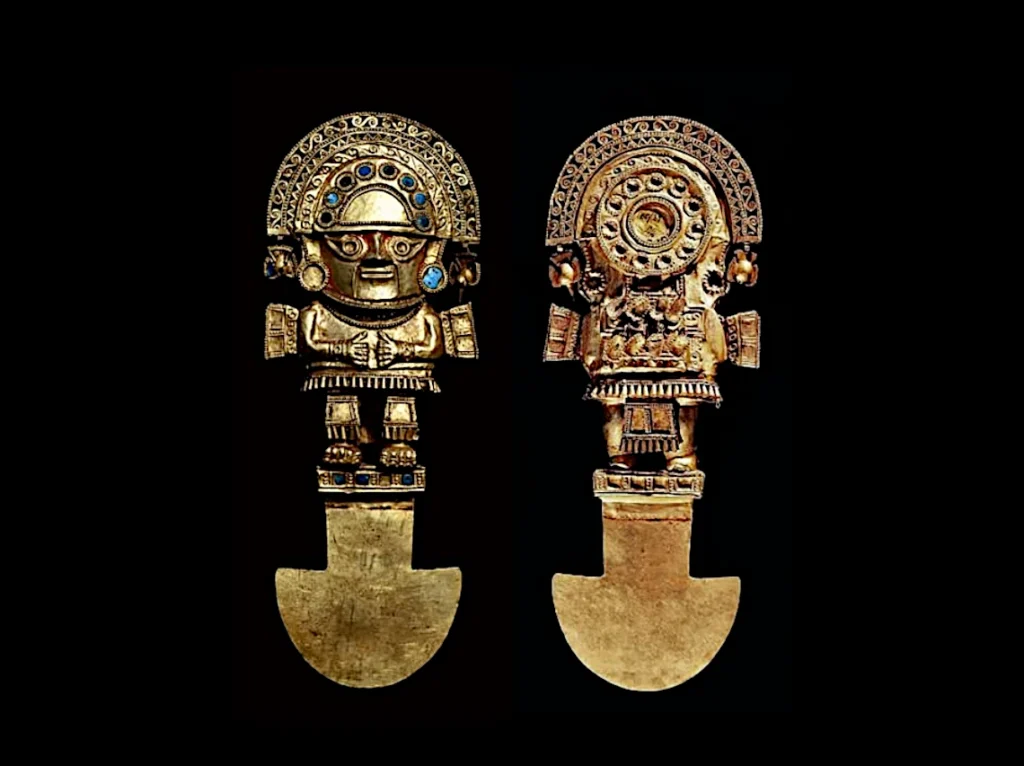
However, the largest collection of authentic Tumis is housed in the National Sicán Museum in Peru, where visitors can admire these knives in their original context and learn more about their fascinating history.
The Tumi Today: An Immortal Legacy
Today, the Tumi has transcended its ceremonial function and become a national symbol of Peru. Its image is recognized worldwide and appears in jewelry, handicrafts, and even Peruvian medical institutions, recalling its ancient connection to health and healing.
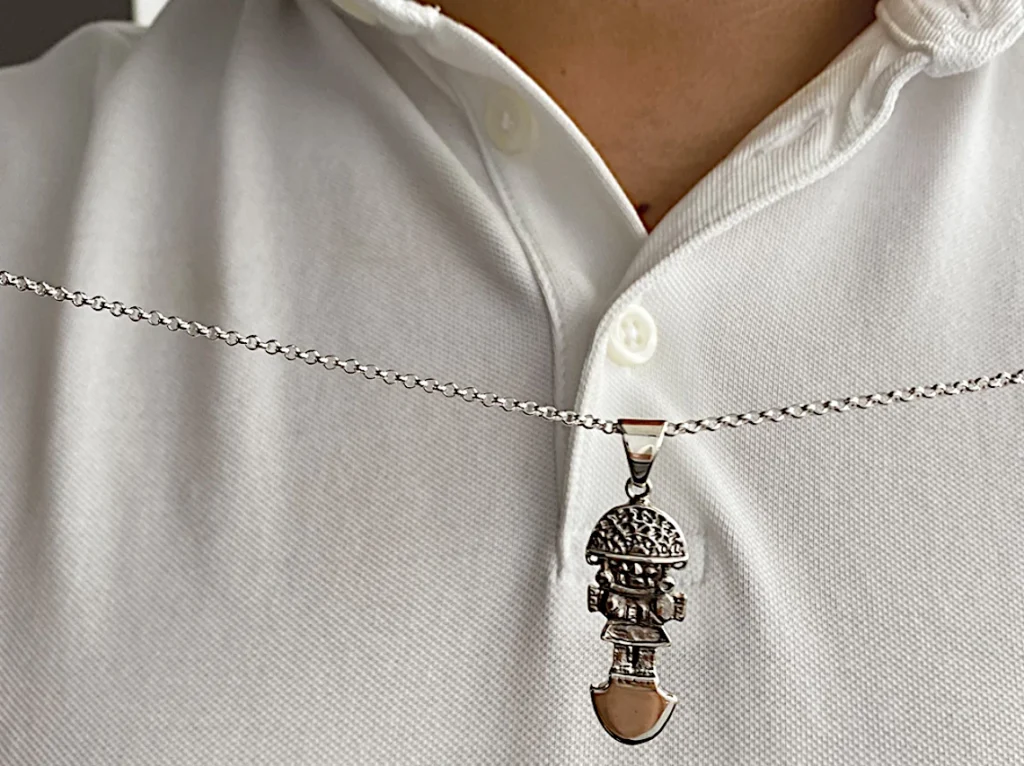
Yet many questions remain unanswered. How many secrets does the Tumi’s golden blade hold? What other stories are waiting to be discovered in the sands of the Peruvian desert?
Discover the Mysteries of Ancient Peru
The Tumi is just one of the many wonders left to us by pre-Inca cultures. If you are passionate about history, mysteries, and the art of ancient Peru, subscribe to our newsletter and follow us on social media! Immerse yourself in the fascinating world of the civilizations that shaped an immortal legacy.


